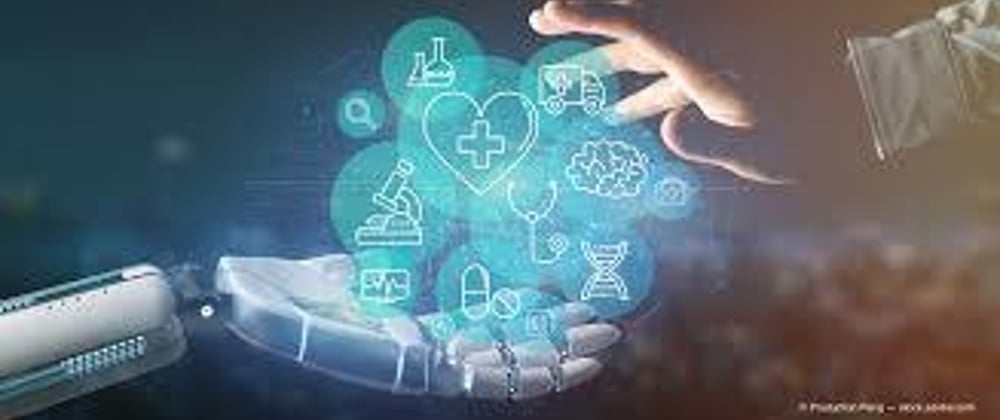According to the International Data Corporation (IDC), global spending on artificial intelligence will increase by over 50% and will reach almost 58 billion dollars by the year 2021. Half of the world’s spending will go to AI-powered tools and machines, all thanks to the lifestyle, production, finance, and banking sectors.
A new and robust area where AI is finding its application is the gardening and farming sector. Gardening and agricultural practices are increasingly using chatbots and artificial intelligence-powered tools, especially in Asia and South America. An increasing number of people are learning about AI and its gardening applications by taking an AI course in Chennai that helps them understand the sophisticated and futuristic aspect of Artificial intelligence.
Why adopt AI-powered gardening?
. Gardeners and farmers across the globe face problems such as unwanted insects and pests eating away crops, unawareness about the right pesticide for their produce, not knowing the proper time to plant a particular crop, not understanding the crop’s nutrition deficiency, and how to shop for farm equipment. Plants can catch air-borne, water-borne, or soil-borne diseases that may go undiagnosed in the absence of professional help. AI, today, can detect the real problem and help maintain the greenery.
It will also, help in taking actions such as crop administration and inspection, watering the plant, and spraying of pesticides. It is interactive, intuitive, and educational, making it intelligent and futuristic.
. Through agricultural robotics, monitoring of soil, and the plants, and by making data-supported predictions, AI is emerging in the field of farming and agriculture. Soil data and crop yield data is stored and analyzed to generate algorithms that decide the water and light exposure to the plant.
As a future threat, the world population is expected to increase to 9 billion people by the year 2050, and to assure food security to all; food production must rise by 70% ensuring the least amount of environmental impact and by using renewable energy. Making AI technology in farming and gardening accessible and affordable at the grassroots level will be another groundbreaking evolution of humanity.
. Growing vegetables, medicinal plants, herbs, fruits, etc. at home using AI-powered machines are characteristics of an urban farmer. The aim is to hyper localize food production irrespective of environmental temperature, negligible farming and gardening expertise, and in less time.
Vertical Farming and AI
Farming remains the most important and significant discovery of humans. Scientists at Microsoft are revolutionizing the way conventional farming is done, and they are doing this through merging data science, artificial intelligence, and big data analysis. They are sowing, growing, and; harvesting seeds under controlled temperatures powered by data analytics and Artificial Intelligence, indoors.
. Gardening machines powered by artificial intelligence are equipped with features like biodegradable plant pots, nutrient dosing system, oxygen enrichment system, intelligent microcontrollers, plant vision technology, live stream cameras, industrial pH sensors, industrial TDS sensors, water level sensors, water temperature sensors, air temperature sensors, humidity sensors, light intensity sensors, and chatbots- with in-build speech sensors powered with natural language understanding (NLU) to name a few.
. How is it done? Vertical farming is done using 1mm x 1mm x 1mm cubes interlinked with renewable plastic pipelines under controlled temperatures indoors. These cubes consist of LED lights as a heat and light source. A microcomputer is also attached to these individual cubes that act as the brain of every unit of vertical farming. It controls the water level, humidity, and growth process.
. The artificially intelligent machine carries out aeroponics as well. The technique is widely used in vertical farming. The plant, through aeroponics, gets exposed to soil water for 99.98% of the time, but for the remaining 0.02% of the time, it is exposed to a solution (water + plant decompose) that is rich in micronutrients and minerals. This adds to the fertility of the plant and at the same time decreases the water and nutrient requirement of the plant by 40% and 30% respectively.
. With the help of artificial intelligence, vegetables,
microgreens, fruits, flowers, mushrooms, herbs, etc. can be grown under the favorable combination of blue, red; and white light to foster natural growth irrespective of the domestic environment. The plant gets watered every few weeks instead of days as evaporation due to the sun’s heat is negligible.
The future is fabulous. Know why? Read on:
More food with less water and resource consumption.
In times of water shortage, using AI-powered farming and gardening will help save water. It uses solar energy to function, so it is also a pollution-free way. Intelligent agriculture maximizes the return on investment making it an economically smart choice.
Decentralized farming industry
The industry will be practically liquidized if (utopian scenario) everyone uses portable farming alternatives at home, whether they are urban or rural settlement.
Fresher and healthier food reaches the table
Farm products will be grown at home with the negligible use of pesticides and herbicides to kill pests. Eateries can grow their raw materials and use them within hours of harvest.
Cheaper food
Because plants are grown at home, countries will not be mandated to import food products internationally. The food industry will become hyper-localized and experimental. People will be able to produce exotic plants and herbs instead of buying them at expensive rates from the market.
Presence of agriculture in non-favorable regions of the world
Vertical farming sees a direct application in arid, semi-arid, and drought-stricken regions of the world, or where agricultural crop production is limited to very few kinds of species.







Latest comments (0)